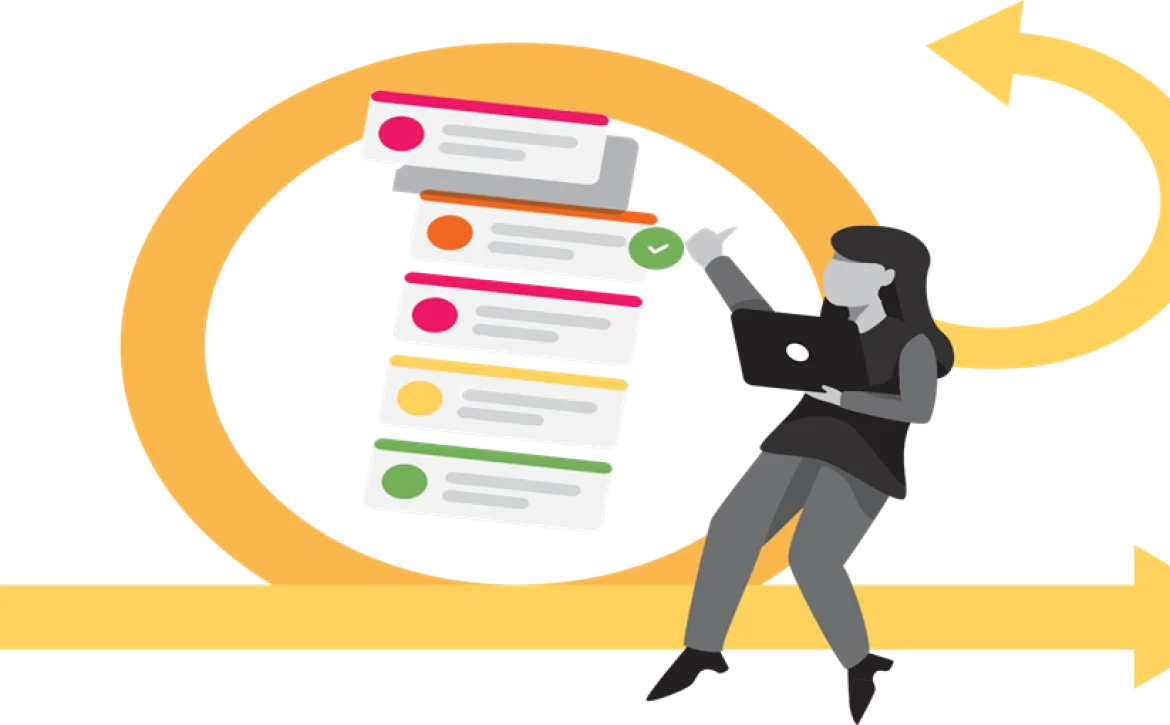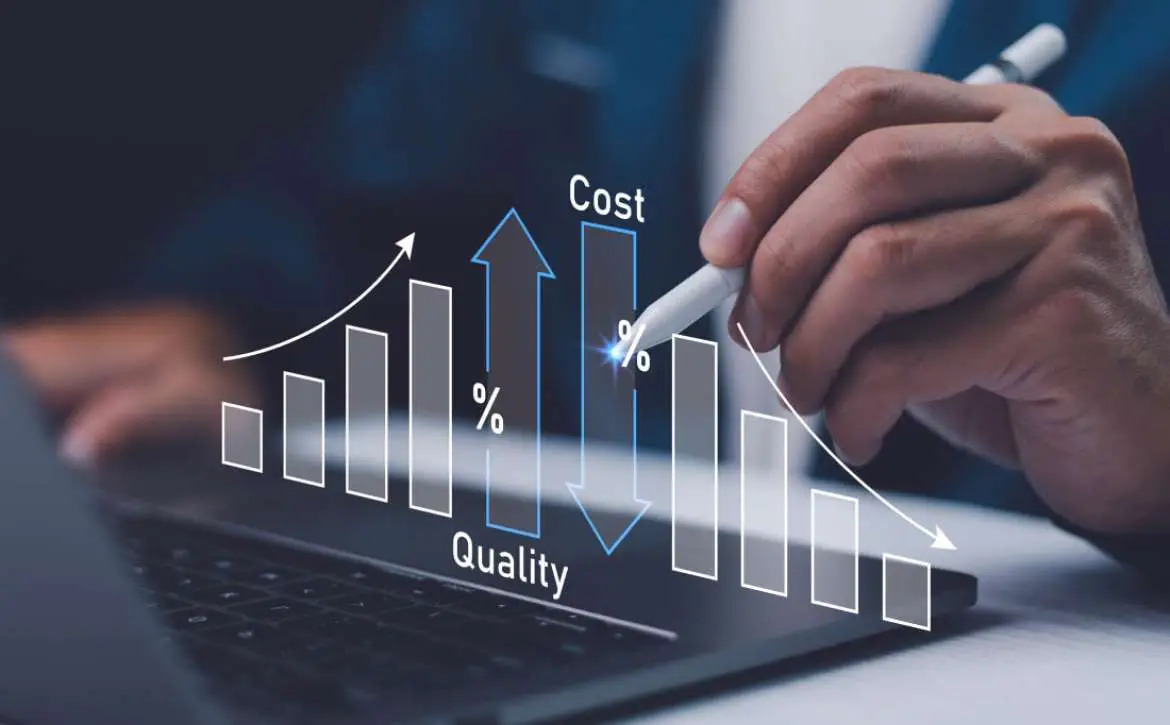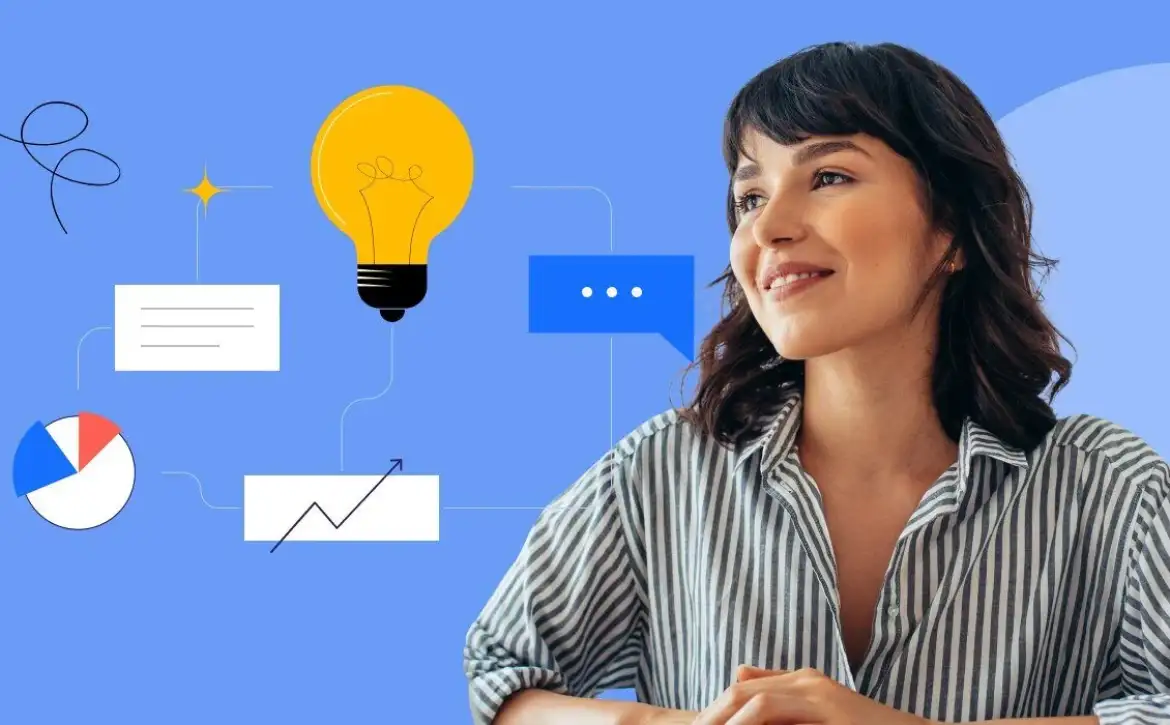What’s Next for Motion Graphics & Short-Form Video Trends 2025
Every year brings a new wave of creative innovation, and 2025 is shaping up to be one of the most exciting years yet for visual storytelling. The way people watch, share, and connect through videos has transformed dramatically, and motion graphics are now at the heart of that transformation. From artistic transitions to emotion-filled animations, creators are finding new ways to express stories that resonate within seconds. Audiences today want more than just content. They want to feel something. They want visuals that speak to them, that reflect real life, humor, and authenticity. That is why motion graphics & short-form video trends 2025 are taking center stage across social platforms.
Whether it is a creator experimenting on TikTok or a filmmaker posting on YouTube, the competition for attention has never been more creative or more personal. In 2025, visual communication is about blending art, technology, and emotion in ways that were once unimaginable. Artificial intelligence, new editing tools, and bold creative experiments are shaping how motion designers and video trends on social media editors craft their stories. The screens we hold are no longer just for watching, they are for feeling and connecting. So, what comes next for motion graphics and short form videos in 2025? Let us dive into the creative shifts that are redefining digital storytelling.
The Era of Emotion-Focused Design
In 2025, motion graphics trends are turning toward a more emotional and human direction. Creators are moving away from flashy effects and focusing instead on subtle storytelling that feels personal and genuine. Viewers are drawn to authenticity, and they respond to content that feels relatable. Motion designers are using natural color palettes, soft transitions, and expressive typography to create moods that speak directly to the audience.
The goal is not just to impress but to connect. When viewers feel something, they remember the story. That emotional bond is what keeps them coming back for more. On platforms like YouTube, motion graphics & short-form video trends 2025 are centered around meaningful visuals that enhance storytelling rather than distract from it. The focus is on movement that feels purposeful and design that communicates emotion.
Motion Graphics & Short-Form Video Trends 2025: The AI-Creator Collaboration
Artificial intelligence is becoming a trusted creative assistant in 2025. Instead of replacing designers, AI is helping them work smarter and faster. It can automate repetitive tasks like syncing audio, adjusting transitions, or generating visual effects, allowing creators to spend more time on storytelling and creativity. For example, motion graphics & short form video trends 2025 TikTok content often features AI-generated visuals that shift seamlessly between real and surreal worlds.
This mix of technology and imagination gives creators the freedom to dream bigger while keeping production time short. The future belongs to creators who learn to blend their artistic instincts with intelligent tools. This collaboration will open the door to visuals that are both efficient and emotionally rich.
The Rise of Short Stories in Seconds
Storytelling is evolving. The modern audience consumes content in bursts, often just a few seconds long. Yet within that time, creators are finding ways to tell complete and meaningful stories. This is the magic of micro storytelling. Short-form video examples across social media show how a ten-second clip can make you laugh, feel inspired, or even cry. The key lies in clarity and emotion.
Every second counts, so pacing, rhythm, and timing become crucial tools for engagement. In 2025, the best creators will not just make short videos; they will create experiences that unfold moment by moment. The goal is to deliver depth in simplicity and turn brief attention into lasting memory.
Motion Graphics as the New Visual Language
Motion graphics have evolved beyond being decorative visuals. In 2025, they will act as a storytelling language of their own. Brands and creators use animation to express personality, tone, and emotion in ways that words alone cannot achieve. Smooth transitions, playful typography, and organic movements are shaping how stories are told online.
Motion design helps guide the viewer’s eye and emphasize key moments. It adds rhythm to information, making even complex ideas easy to absorb. This trend is especially visible in YouTube motion graphics & short form video trends 2025, where motion is not just a background element but a narrative driver. When motion aligns with emotion, storytelling becomes unforgettable.
Authenticity Over Perfection
Gone are the days when every video had to look polished and flawless. The most engaging content in 2025 feels real, spontaneous, and slightly imperfect. Viewers trust creators who show the process, not just the outcome. This shift has changed how motion graphics are used too. Instead of overproduced visuals, many designers are embracing hand-drawn textures, sketch-style animations, and raw camera footage. The result feels more personal and grounded. TikTok is a major hub for this style. Motion graphics & short form video trends 2025 TikTok creators often combine quick cuts with light motion effects, letting personality shine through instead of chasing cinematic perfection.
Vertical Visual Storytelling
With most audiences watching videos on their phones, vertical content continues to dominate in 2025. This format feels natural and intimate, creating a direct connection between creator and viewer. Designers are adapting motion graphics for this format by creating vertical compositions that flow smoothly within small screens. Every movement is crafted to draw attention upward or downward, guiding the viewer through the story effortlessly. Vertical storytelling works perfectly with short attention spans, allowing viewers to experience a complete emotional arc in just a few swipes.
In the end, motion graphics & short-form video trends 2025 are characterized by emotion, authenticity, and technology. Audiences seek real content, creators use tools to amplify their voices, and brands discover the power of visual storytelling. AI-assisted design, cinematic micro stories, and minimalist aesthetics reflect the universal truth that people want connection. Motion graphics provide creators with the language to communicate this connection fluently. Creativity will focus on meaningful content, with motion and emotion forming the foundation of digital communication.











